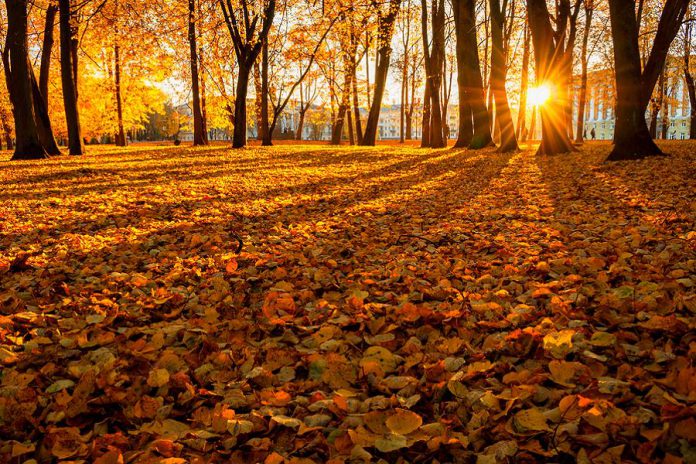
It’s that time of year again: Daylight Saving Time (DST) ends at 2 a.m. on Sunday, November 4th, when clocks move back an hour.
The good news is that we regain that extra hour we lost in the spring; the bad news is that it will be dark by 5 p.m.
It’s also “time” to change the batteries in your smoke and carbon monoxide alarms and to check whether they need to be replaced (if they are more than 10 years old, they probably do).
Who invented DST and why?

Although it’s commonly believed Benjamin Franklin came up with the idea for DST, it was actually New Zealand entomologist George Hudson who, in 1895, proposed a two-hour shift in the clocks (he wanted more daylight to collect insects).
“The effect of this alteration would be to advance all the day’s operations in summer two hours compared with the present system,” Hudson wrote in 1898, explaining his original proposal. “In this way the early-morning daylight would be utilised, and a long period of daylight leisure would be made available in the evening for cricket, gardening, cycling, or any other outdoor pursuit desired.”
A few years later, English outdoorsman William Willett also proposed advancing the clocks during the summer months (he wanted more daylight to golf).
The first governments to implement DST were Germany and Austria-Hungary in 1916, as a way to conserve coal during World War I. Britain and most other European countries adopted it shortly after, with the United States and Canada adopting it in 1918.
DST used to end on the last Sunday of October (and begin on the first Sunday of April) but, in 2007, the U.S. decided to change it to the first Sunday of November (and the second Sunday in March) in an attempt to conserve energy.
To avoid issues with economic and social interaction with the U.S., the Canadian provinces that observe DST followed suit.
What are the health effects of DST?
While the evidence is mixed, some research has found that “falling back” results in more accidents involving pedestians, while “springing forward” increases the risk of heart attacks and traffic accidents.
In any case, moving clocks forward or backward changes our exposure to daylight and affects our circadian rhythm (the body’s natural internal clock).
In the fall, gaining an extra hour of sleep may sound like a good thing but it can actually make you feel “jet lagged”.
It can take up to a week to adjust your internal clock to the shift in daylight hours. Here are some suggestions for how you and your family can adapt more quickly to the time change:
- Each night leading up to Sunday, try going to sleep 15 or 20 minutes later than normal (and waking up 15 or 20 minutes later than normal).
- Don’t stay up extra late on Saturday night because you are gaining an hour of sleep. That’ll just mess up your sleep schedule even more.
- Make sure you keep bedrooms dark in the morning (after DST ends, the mornings will be lighter earlier).
- Eat a healthy breakfast when you first wake up, as food is one way to tell your body it’s the beginning of the day.
- After the time change, expose yourself to daylight (or bright light indoors) during waking hours as much as possible, and avoid bright light when it’s dark outside.
- Reduce screen time in the evening, especially an hour or two before bedtime.
- Reduce your use of caffeine and alcohol during the day and increase your physical activity.


























